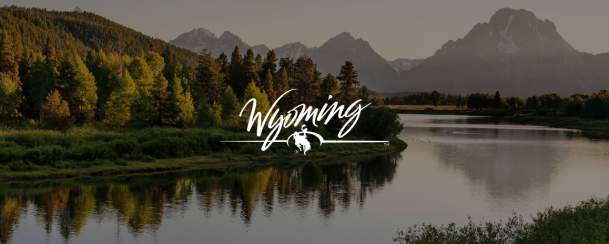There are endless ways to explore Yellowstone National Park's 2 million acres. Here are seven suggestions to help you start planning your own adventure in this iconic and stunning landscape.
1. Drive around the Grand Loop.

While the roadless areas of Yellowstone are incredibly vast, nearly all of the park's most famous natural wonders are close to the path of the Grand Loop, the 140-mile, figure-eight-shaped main drag. This road consists of the north loop, featuring Mammoth Hot Springs and Tower Falls, and the south loop, featuring Old Faithful, Yellowstone Lake, Grand Prismatic, Hayden Valley and Grand Canyon of the Yellowstone. Making lodging or camping plans ahead of time and planning to spend at least a few days (a week or longer would be ideal) traveling the route will allow you plenty of time to explore these wonders and other places along the way.
2. Pick a trail for a day hike.
Venturing away from the roads for a hike into the serenity of park — whether it’s one mile or 10 — is a great way to experience Yellowstone’s peaceful grandeur. The National Park Service has great maps, descriptions and difficulty-level and safety tips for day hikes organized by location here or explore our interactive map to find hikes and more.
3. Explore the backcountry on an overnight excursion.
There are few areas of wilderness as vast and as beautiful as Yellowstone, and a backcountry adventure here promises to be unforgettable. Remember that camping in the backcountry requires a permit, and campsites can be reserved in advance. Find a backcountry trip planner here.
4. Go on a guided horseback ride.
Equestrians and families often choose to see the park on horseback (it’s a great option for those who can’t hike far). One- and two-hour guided rides are offered at Mammoth, Tower-Roosevelt and Canyon. At Roosevelt Corral, visitors can take a horseback or wagon ride to a cookout site for a steak dinner. Find an outfitter to ramp up your adventure.
5. Take a guided fishing trip.
For more than a century, the prospect of world-class fishing — especially for prized native cutthroat trout — has attracted visitors to Yellowstone. While fly fishing in rivers is popular, you can also take a guided tour on a boat. Go here for more information about fishing in Yellowstone.
6. Climb aboard a historic yellow bus.
2007 marked the return of Yellowstone’s historic yellow buses, originally used in the first half of the 20th century to take passengers on scenic drives throughout the park. Now, Xanterra Parks & Resorts offers full-day, partial-day and evening tours aboard the refurbished, retro buses.
7. Cruise around Yellowstone Lake.
One of the largest high-altitude lakes in the country, Yellowstone Lake is surrounded by 110 miles of picturesque shoreline. Get started on your boating adventure at Bay Bridge Marina, which rents rowboats and motorboats on a first-come, first-served basis. Guided scenic cruises also leave from there regularly in the summer. Find information about permits, boat rentals and park boating rules here.
8. Look for Wildlife
The wildlife in Yellowstone National Park is as diverse at it is prominent. The park houses nearly 300 species of birds, 16 species of fish, five species of amphibians, six species of reptiles, and 67 species of mammals. Bison are an especially iconic animal in the park. Seeing a bison in Yellowstone is remarkable, as the Greater Yellowstone Ecosystem is the only place where bison have lived continuously since prehistoric times. Visitors also delight in seeing grizzly bears, wolves, elk and moose. Lamar Valley – often referred to as the Serengeti of the West – and Hayden Valley are two of the best places for wildlife viewing. Find a guided wildlife tour for a once-in-a-lifetime experience.
WY Responsibly: Animals in Yellowstone National Park are wild. Always stay at least 100 yards away from bears and wolves and at least 25 yards away from all other wildlife. Pack binoculars and zoom lenses for the best wildlife viewing experience. Learn more.

